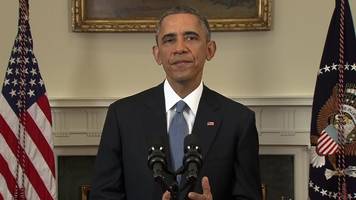In February, the Director of National Intelligence issued a report summarizing the changes that President Obama has implemented since pledging major surveillance reforms in January 2014. The report chronicles a dizzying number of developments and contains links to several hundreds of pages of supporting documentation. But does this impressive accumulation of activity translate to meaningful reform?
The report makes clear that the big picture has not changed. One year after President Obama promised to end the bulk collection of Americans’ phone records, the administration continues to apply for a FISA court order every three months directing American phone companies to turn all of their phone records over to the NSA. It also continues to exploit a surveillance program nominally targeted at foreigners to listen to Americans’ phone calls and read their e-mails without a warrant. Overseas, the administration collects communications that involve Americans on a truly massive scale with no judicial oversight or legislative restrictions. These activities constitute an existential threat to civil liberties that cannot be addressed by procedural tweaks.
It is tempting to cheer the administration’s changes simply because they happened—and because they improve the status quo, however incrementally. Context matters here: in the short period of time since 9/11, technological changes have exponentially increased the amount of personal information the government can collect, while the longstanding laws that would restrict such collection have been systematically gutted or tossed aside. Given this dizzying trajectory, any tap on the brakes is in some sense a major accomplishment.
But the surveillance explosion also means that small changes are not enough. Ultimately, we must measure the administration’s efforts against where we need to be, not where we have been going. By that measure, the administration’s reforms fall distressingly far from the mark.

